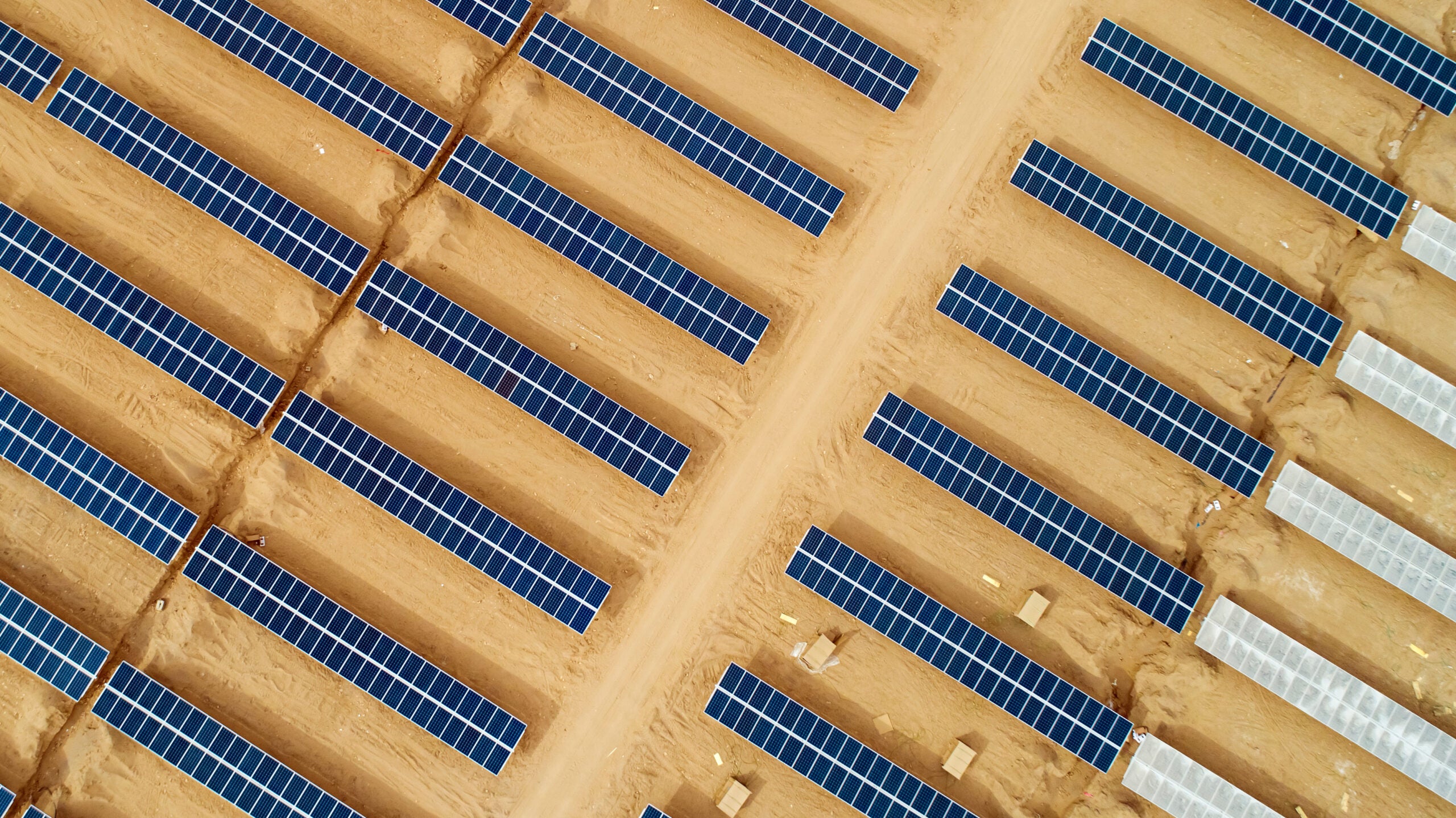
Europe installed a total of 11.7GW of new wind capacity in 2018, a decrease of 32% from 2017, according to a report by industry body WindEurope.
With 0.4GW of decommissions the total net increase was 11.3GW. This took total wind capacity in Europe to 178.8GW, making it the the second largest form of power generation in the EU after natural gas.
How well do you really know your competitors?
Access the most comprehensive Company Profiles on the market, powered by GlobalData. Save hours of research. Gain competitive edge.

Thank you!
Your download email will arrive shortly
Not ready to buy yet? Download a free sample
We are confident about the unique quality of our Company Profiles. However, we want you to make the most beneficial decision for your business, so we offer a free sample that you can download by submitting the below form
By GlobalDataOf the 11.3GW installed, 8.6GW was onshore and 2.65GW offshore. The 8.6GW of onshore wind capacity marks the lowest amount of onshore installation installed since 2008. Offshore was also down 16% from 2017, but WindEurope noted that 2017 was a record year for installations.
Germany was the leading country for wind capacity with 29% of Europe’s installations followed by the UK in second place with 16% gross installations. For both countries total new installations were down from 39% and 26% of Europe’s installations in 2017 respectively.
Denmark had the highest share of wind energy in its electricity demand with 41%. Ireland was second 28%, with Portugal (24%), Germany (21%) and Spain (19%) making the top five.
Despite the reductions in wind capacity across many sectors throughout the year, WindEurope did note that renewables may overtake natural gas as the largest form of power generation in 2019. Wind was 48% of Europe’s of newly installed energy capacity in 2018, more than any other power source. Investment in wind energy also rose by 20% to $30.2bn (€26.7bn) in 2018, equalling the record set in 2016.
WindEurope CEO Giles Dickson said: “Wind energy now provides 14% of the EU’s electricity, up from 12% in one year. More and more people and businesses are benefitting from the clean and affordable power that wind delivers. But beneath the surface many things are not right. Last year was the worst year for new wind energy installations since 2011. Growth in onshore wind fell by over half in Germany and collapsed in the UK. And 12 EU countries didn’t install a single wind turbine last year.
“Investments in future capacity were quite good last year thanks to the UK, Spain, Sweden – and thanks also to the further expansion of offshore wind. But the outlook for new investments is uncertain. There are structural problems in permitting, especially in Germany and France. And with the noble exception of Lithuania and despite improvements in Poland, there’s a lack of ambition in Central and Eastern Europe.
“The 2030 national energy and climate plans are a chance to put things right. But the draft Plans are badly lacking in detail: on policy measures, auction volumes, how to ease permitting and remove other barriers to wind investments, and how to expand the grid. Governments need to sort this out before they finalise the Plans this year.”




